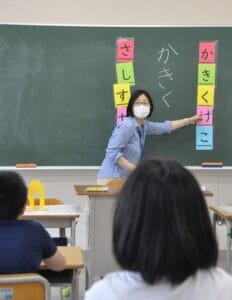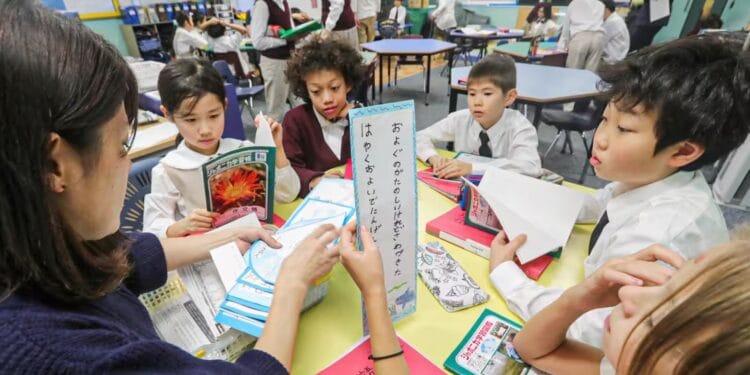No products in the cart.
Japan’s New Program to Help Kids with Foreign Roots Adjust to School
Introduction
With a rising number of children from diverse backgrounds entering Japanese schools, Gunma Prefecture has launched a new program to help these students adapt to the Japanese education system. This program is focused on introducing school customs, basic Japanese, and daily living practices to children with foreign roots. It aims to ease their transition and make them feel welcome and supported in the classroom.
Why the Program is Needed
In recent years, the number of students with foreign roots in Gunma’s capital city has grown significantly. By the end of September, the city had 259 children of foreign descent, which is about 50 more than five years ago. Many of these students come from countries like the Philippines, Nepal, China, Bolivia, Myanmar, Sri Lanka, and Indonesia. This increase has created a pressing need for targeted support, as roughly 100 of these students require Japanese language instruction to keep up with their studies and participate fully in school life.
Before the program, Japanese language support was limited. Schools would arrange for language instructors to visit once or twice a week, providing students with minimal exposure to the language. However, this approach proved insufficient, as many children still struggled to understand school rules, local customs, and basic Japanese expressions. This often left them feeling isolated and less able to participate in daily school activities, so the city decided to expand its approach.
How the Program Works
The program is designed as an introductory guide for students, lasting between three to fourteen days. During this period, students are introduced to Japanese school rules, classroom etiquette, and essential language skills. Specialized instructors and Japanese language teaching assistants conduct these sessions, focusing on helping students understand and practice daily habits that are unique to Japan.
Instructors cover various aspects of Japanese school life, such as greetings and self-introductions, which are highly valued in Japanese culture. Students also learn about participation in school cleaning and lunch serving tasks, two activities commonly practiced in Japanese schools as part of character-building efforts. Additionally, students are taught the proper procedures for notifying the school if they will be absent, ensuring they can communicate effectively with their teachers and peers.

Customized Assistance Catering to Individual Requirements
A distinctive feature of this program is its adaptability. Involvement is voluntary and organized through conversations between parents and educational institutions, ensuring that the specific needs of each student are prioritized. Sessions are mainly conducted at the Sogo Kyoiku Plaza, a specialized center in the city that focuses on supporting educational objectives. This method creates a structured atmosphere where students can benefit from more individualized guidance from instructors, offering a level of attention that may not be achievable in a traditional classroom environment.
Creating a Supportive Educational Community
This program serves as a welcoming gateway to Japanese school life, easing the worries and uncertainties that many foreign students face when adapting to a new academic environment. It cultivates a supportive atmosphere where children from various backgrounds feel acknowledged and included. The positive impact of this program is felt by both teachers and students, as it encourages a more diverse and inclusive school culture.
Moreover, this initiative brings attention to the specific challenges that students from abroad encounter. By directly addressing these concerns, the program not only aids these students but also promotes greater empathy and awareness among educators, parents, and native students. This effort is vital for building an educational system that ensures all children, regardless of their backgrounds, have fair access to opportunities for success.
Future Implications of the Program
As Japan continues to face demographic shifts and an increasing number of families with foreign roots, this program may pave the way for similar initiatives across the country. Schools in other regions could adopt this model to support their growing










